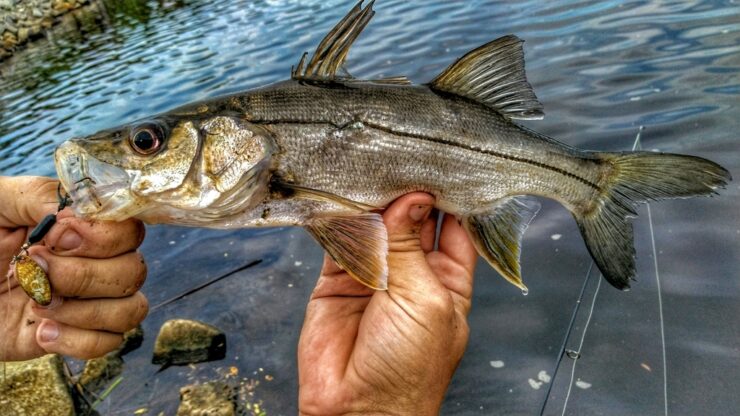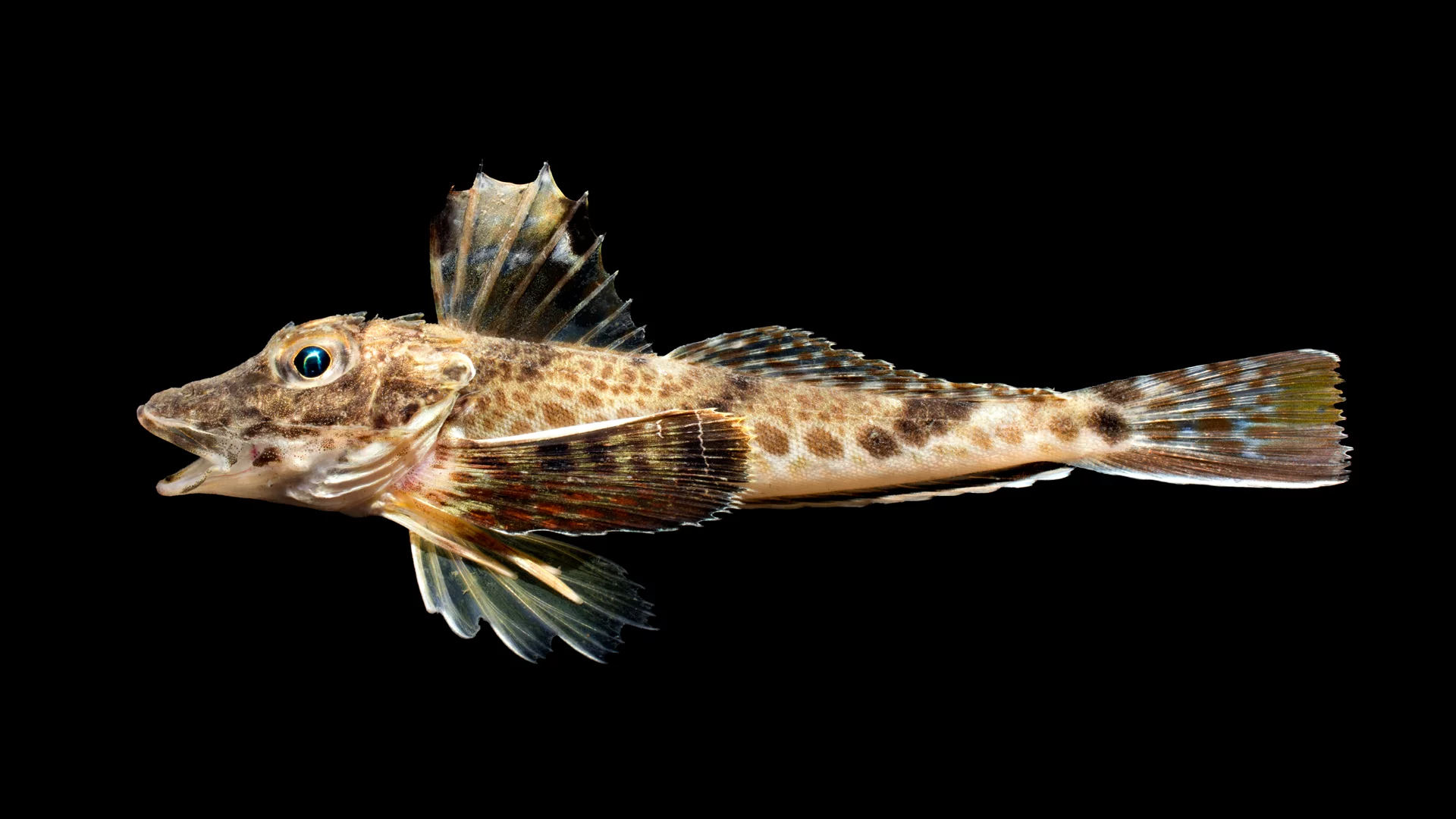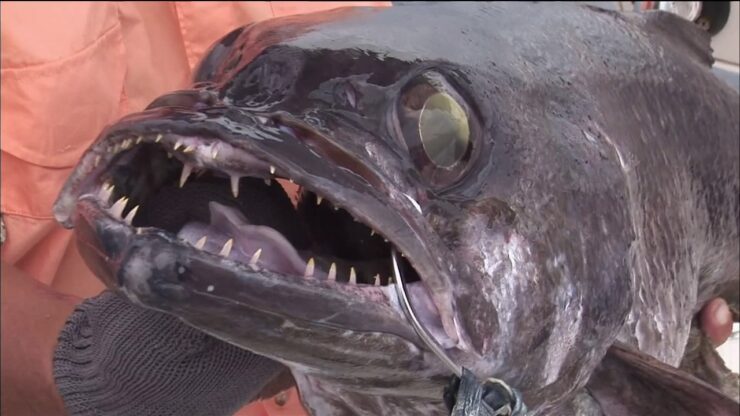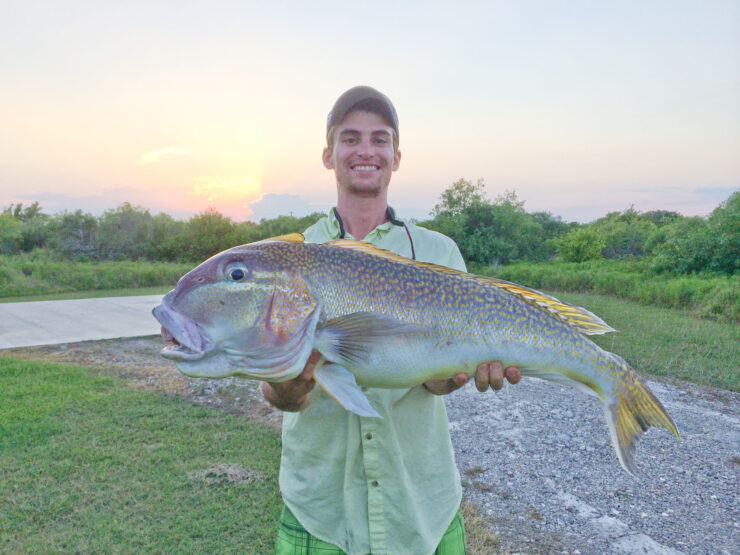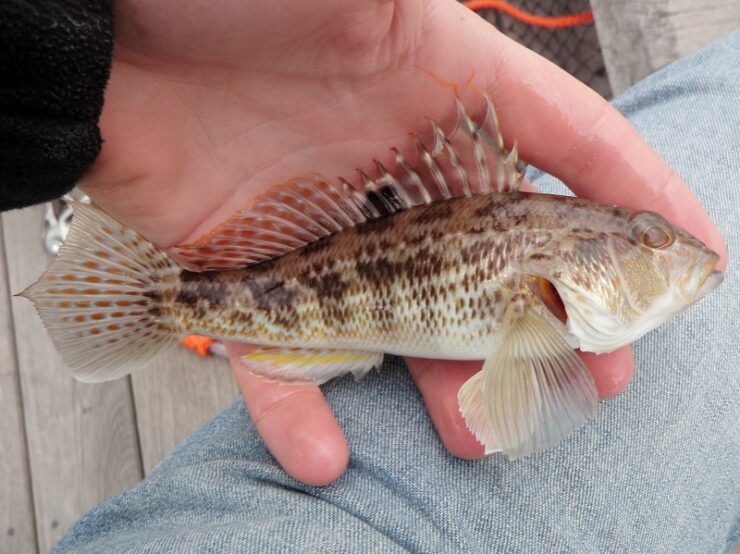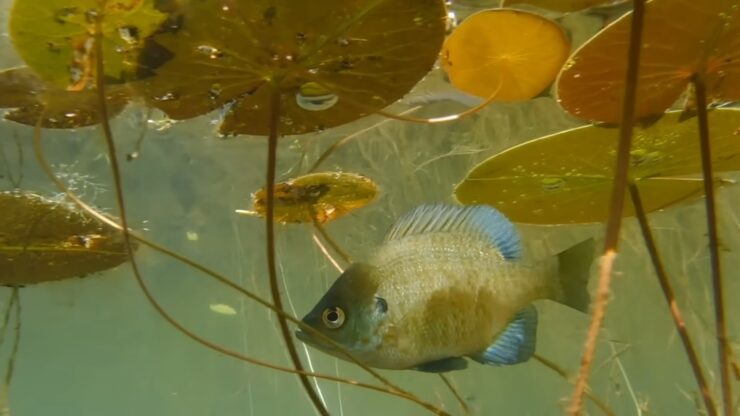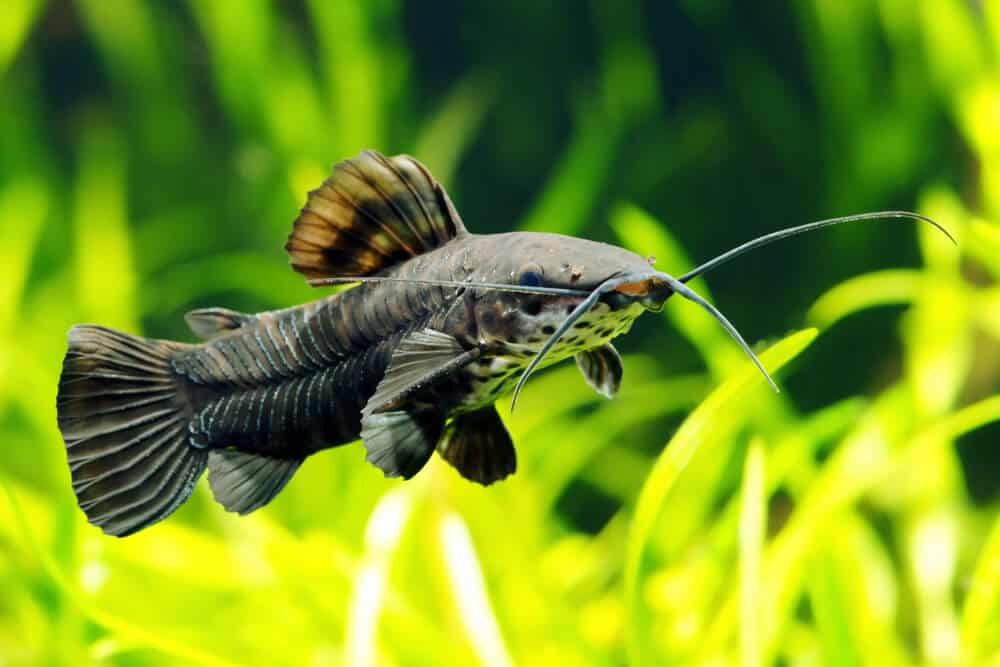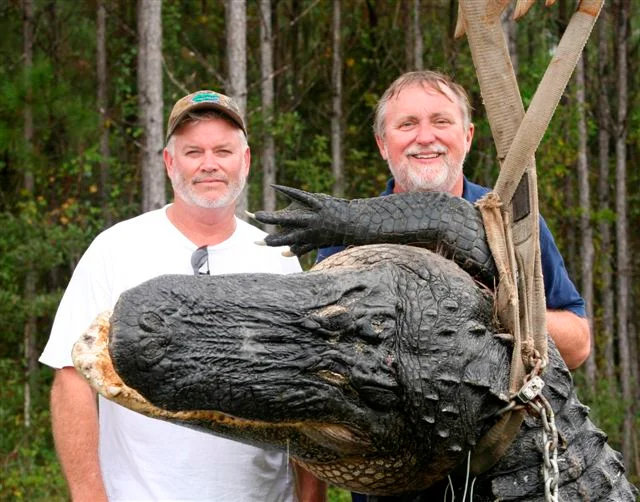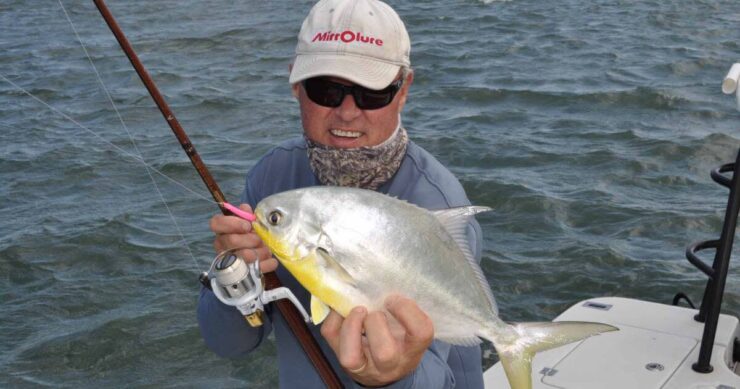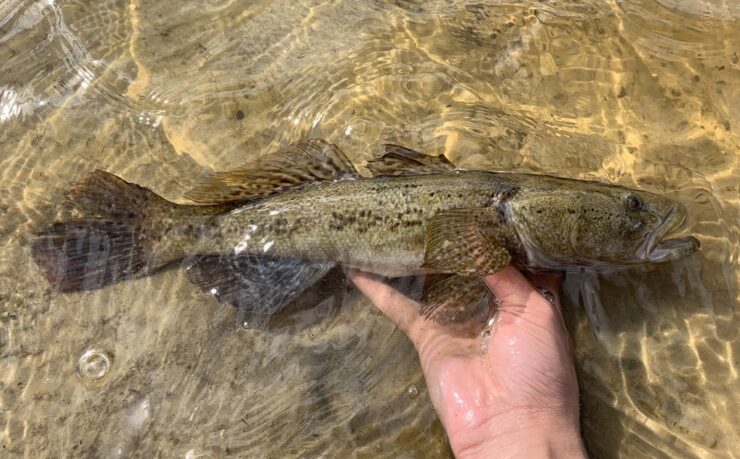Fish Facts: Fat Snook – Centropomus Parallelus
The Fat Snook have a slightly deeper body than other snooks and usually do not have a dusky edge on the pelvic fins which most other snooks do. Also their scales are a little smaller than other snooks. The Fat Snook gets it name from obviously being a bit fatter than other snooks but when … Read more

